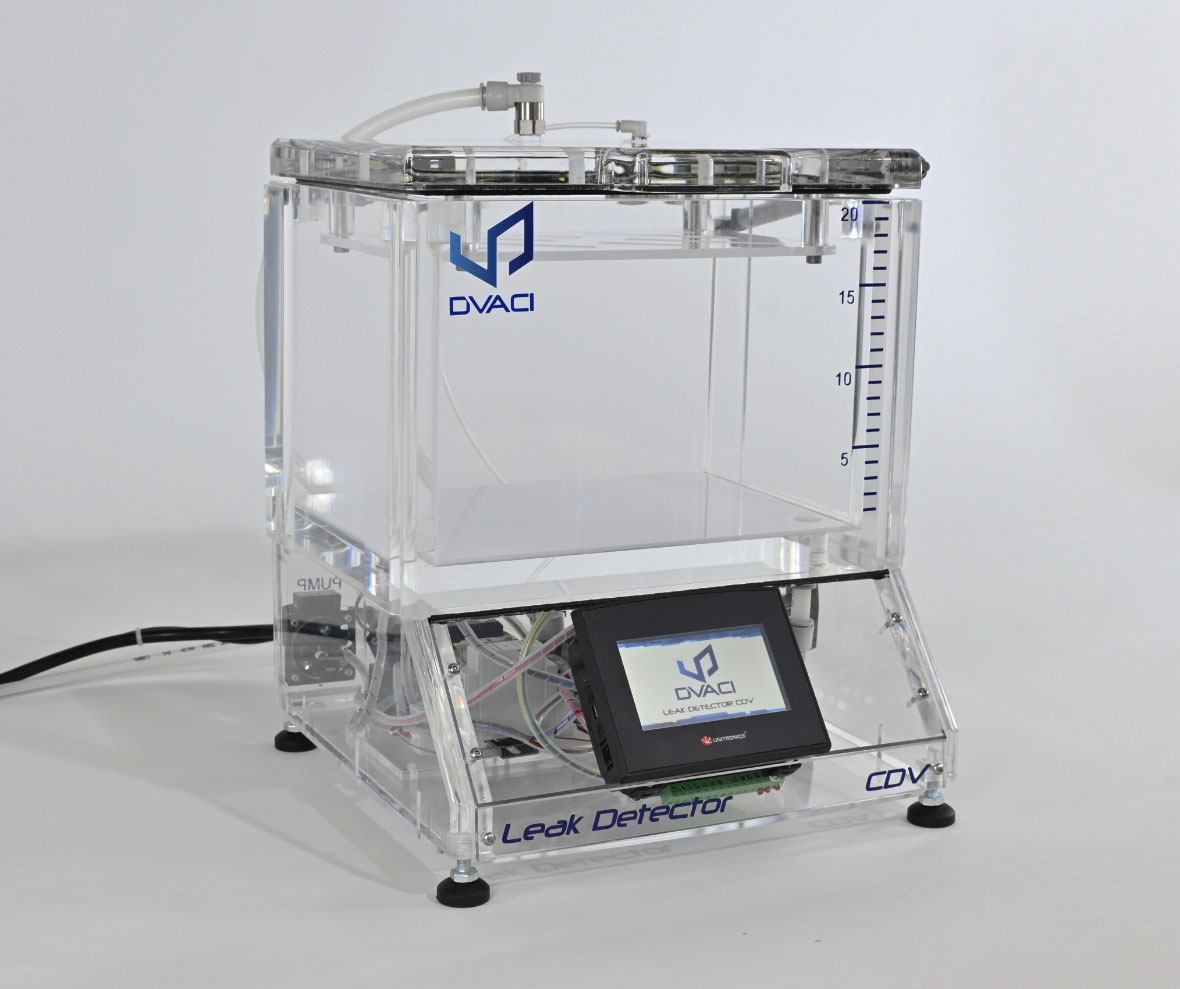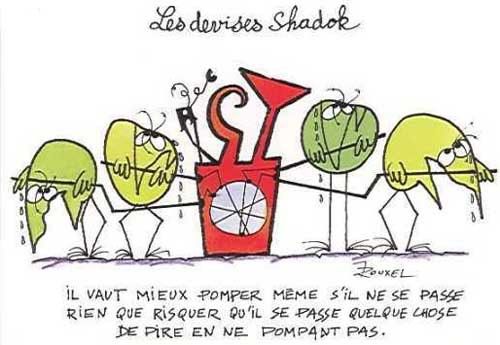
What is a vacuum? The absence of pressure? Nothingness? Nothingness? Emptiness? Depending on the philosopher, engineer or physicist, the answer may vary. This article will try to explain what the vacuum really is and how it can be ‘made’…
The vacuum can be defined in several ways
The density approach
When we want to evaluate the quantity of matter in a defined space, we use the scientific unit of density (measured in kilograms per cubic metre). If we think of a vacuum as the absence of ‘heavy’ matter, then a perfect vacuum means having a density of 0 kilograms per cubic metre. But be careful, just because there is no ‘heavy’ matter doesn’t mean there is nothing at all, as you might think…
The pressure approach
This notion of density is complex to evaluate, so scientists prefer to use pressure, which is in fact directly related to density: for a perfect gas, pressure is proportional to temperature multiplied by density P = Rho * R * T.
Where P is the pressure, Rho is the density, R is a constant depending on the composition of the gas and T is the temperature.
For information, pressure is measured in pascal. One pascal is equivalent to a force of 1 newton applied to 1 m², as if a mass of 100 grams were placed on one square metre (on Earth). Atmospheric pressure (approximately 1 bar) is equal to 100,000 pascals, which corresponds to a mass of 10 tonnes per square metre on Earth!
When you’re lying down, a mass of around 10 tonnes of air is exerted on you, but as there is an equivalent pressure inside your body, the forces exerted compensate for each other, which is why we don’t really feel those 10 tonnes of air…
Another example: in a car tyre inflated to 2 bars (2000 hectopascals), the differential pressure between the pressure inside the tyre and the pressure outside (around 1 bar/1000 hectopascals) is 1 bar, so there is effectively an equivalent force of 10 tonnes per square metre. Similarly, if you create a vacuum in an enclosure (the perfect vacuum would correspond to a pressure equal to zero), a force of around 10 tonnes per square metre is exerted.
Conclusion: when you want to create a vacuum in an enclosure, the latter must be mechanically strong enough to withstand the difference in pressure between the 2 sides of the walls.
That’s why all our housings are mechanically tested using materials resistance software to ensure that they can absorb these stresses without any problems.
How to generate vacuum?
It’s quite simple, for those of you who know them, you have to do like the Shadoks: pump, pump, pump!

To create a vacuum, we need to pump the gas inside a closed, hermetically sealed enclosure… To do this, we’re going to use a pump or a venturi effect.
Use of a vacuum pump
There are different types of pump, but we won’t go into detail here, as each has its own particularities for different vacuum qualities. They can be used only during the ‘pumping’ phase or ‘just to maintain the vacuum’. In fact, it is not enough to create a vacuum once and put a stopper in place to maintain the vacuum, because all materials ‘degas’, i.e. they naturally release molecules. This phenomenon diminishes as the temperature drops, but is always present. That’s why the DVACI brand we represent offers chambers with an integrated vacuum regulator. The video below explains how it works.
The other technique used to pump the gas inside the chamber is the ‘venturi effect’.
Using the venturi effect
This effect enables air to be sucked in using a continuous flow of air through suitable piping. As shown in the diagram below, the air is available from the company’s compressed air network, which is used to extract the gas from the chamber.

Our chambers are therefore capable of generating a vacuum via your compressed air network. This venturi effect works perfectly if the incoming compressed air flow is stable.





